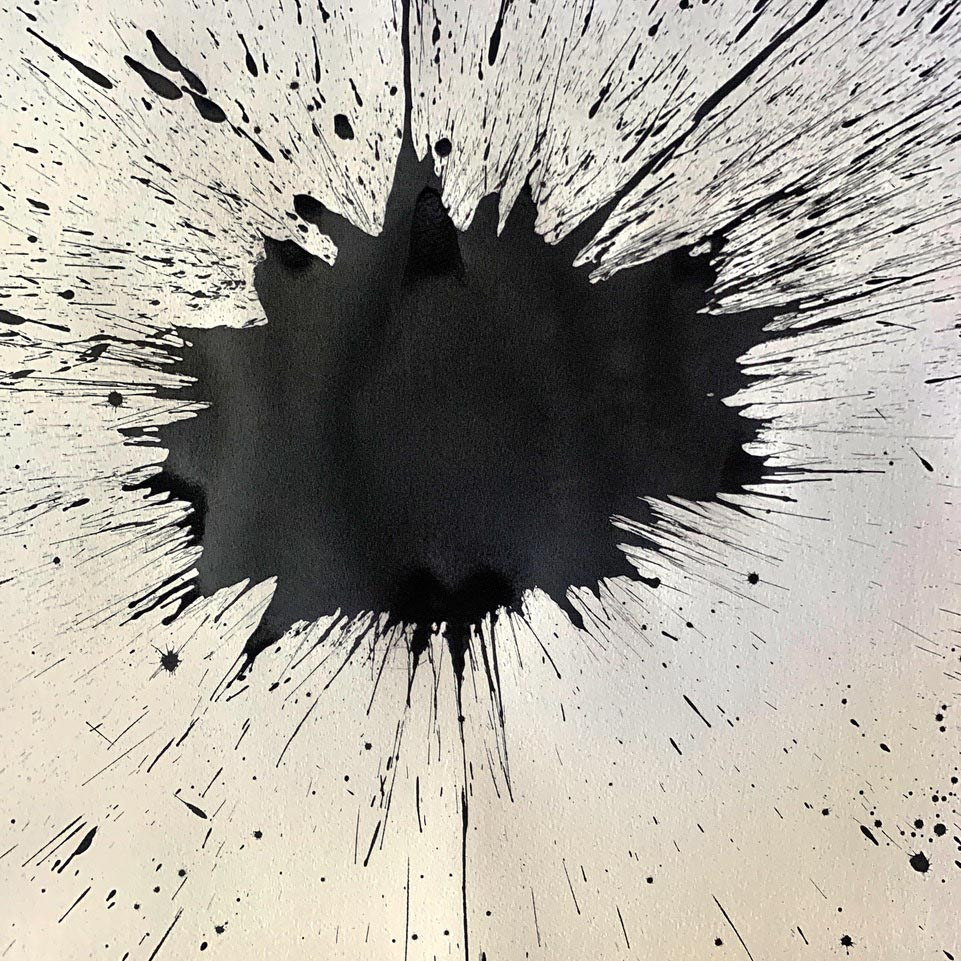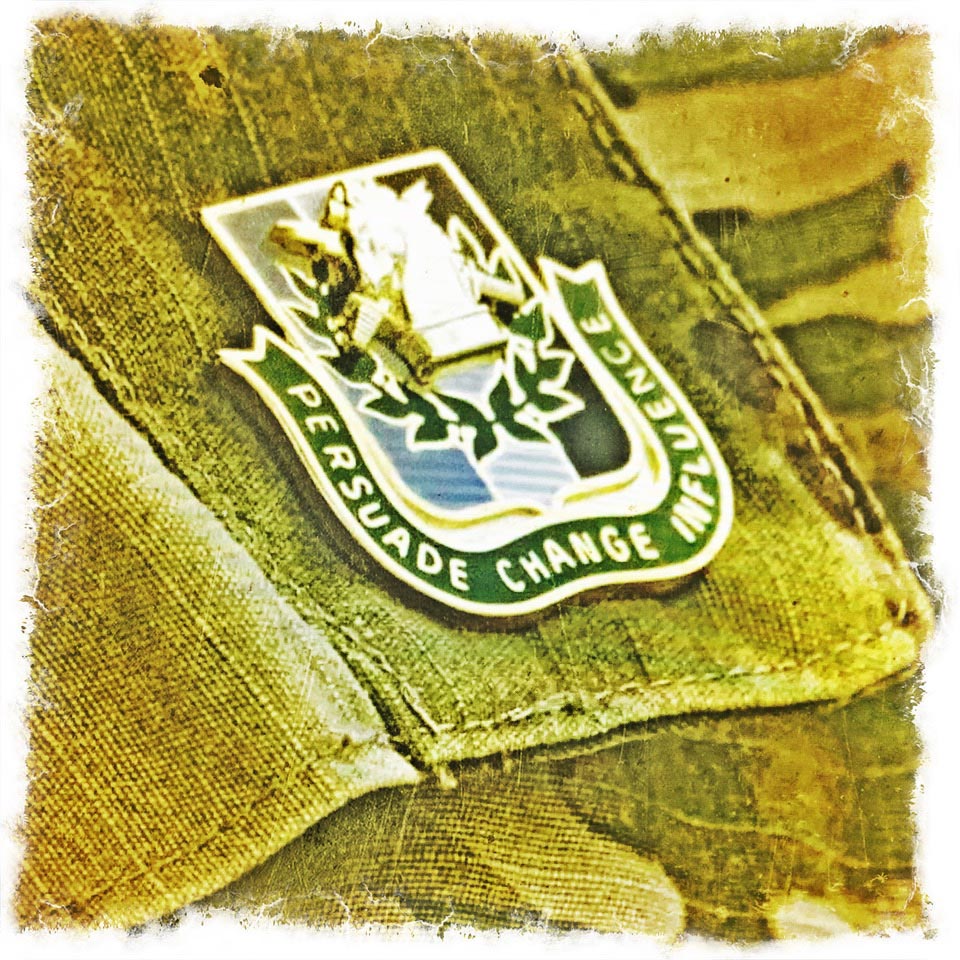
IN THE HISTORY OF GIRVIN’S THEATRICAL BRANDING, THERE’S A STORY IN A STORY, A DESIGN INSIDE A DESIGN, A LAYERING OF INTENTIONS INSIDE THE OUTREACH.
Working around the notion of illustrating a certain trail of cinematic storytelling, as a theatrical branding design agency, this particular blog tilts toward the design strategy of cloaked, political crimes and thematic secrecy and espionage—secret agencies on a hidden mission. I’ve read many scripts of this storytelling in many variations.
We’ve studied the legacy of brand strategy and design for secret agencies, worldwide,
as in:
these.

I started earlier in my legacy of visualizing this type of plot line, designing theatrical brands—speaking to spy work, secret intelligence, hidden agendas and shadowed litanies.
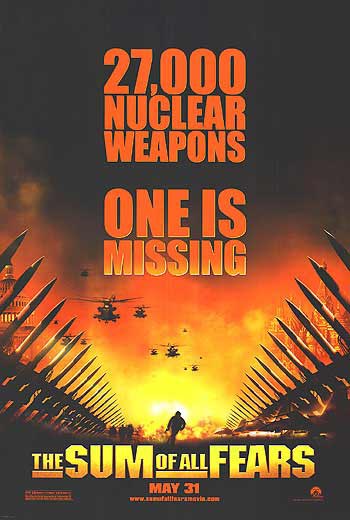
That brand development efforts crossed to Tom Clancy’s Jack Ryan, leadership at the CIA and the nation-driven entanglement and the nuclear nature of “The Sum of All Fears,” designed to push an implacable, assaultive attempt to the thriller’s edge.
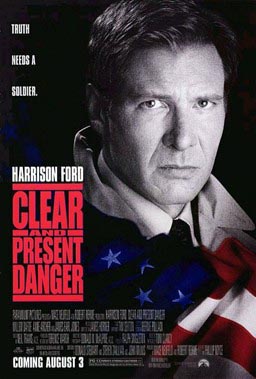
As well as our contributions to “Clear and Present Danger”—also Jack Ryan, and Eastwood’s “In The Line of Fire.”
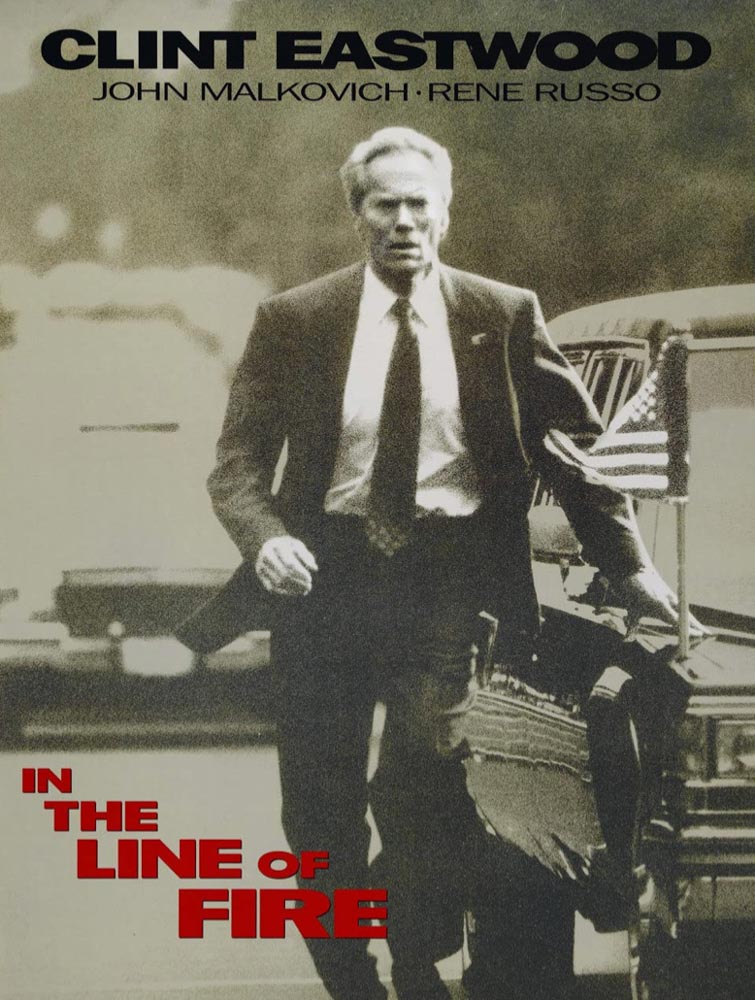
That speaks, too, to the underlayment of “The Firm,” corporate, manipulative and surveillant power—
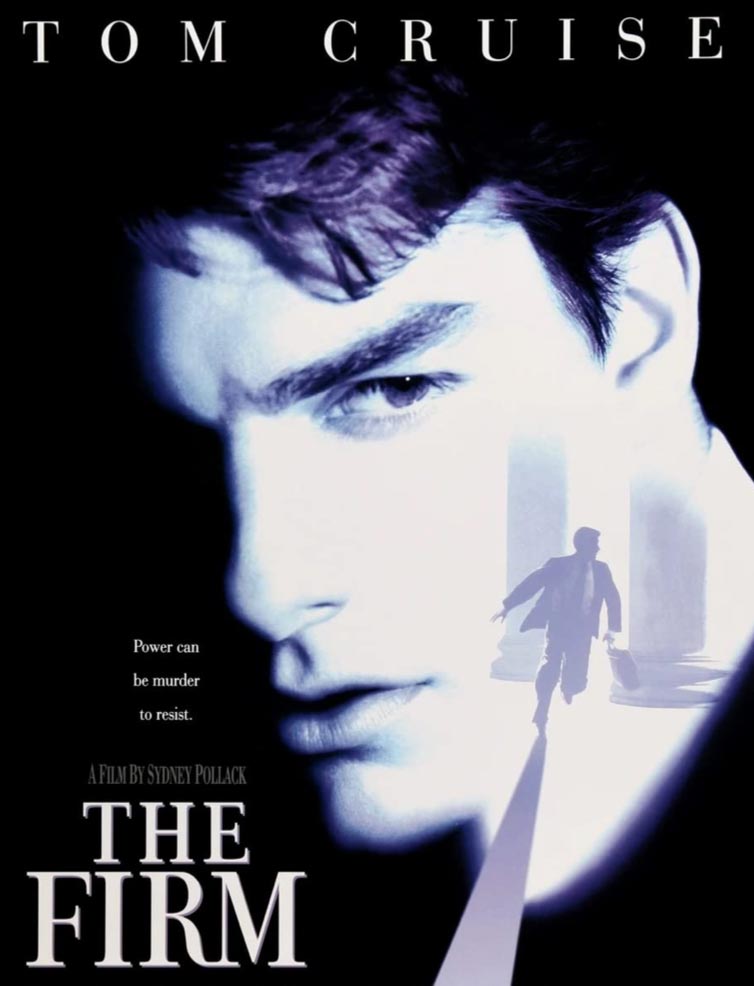
which walks back to “K-19 | The Widow Maker,”
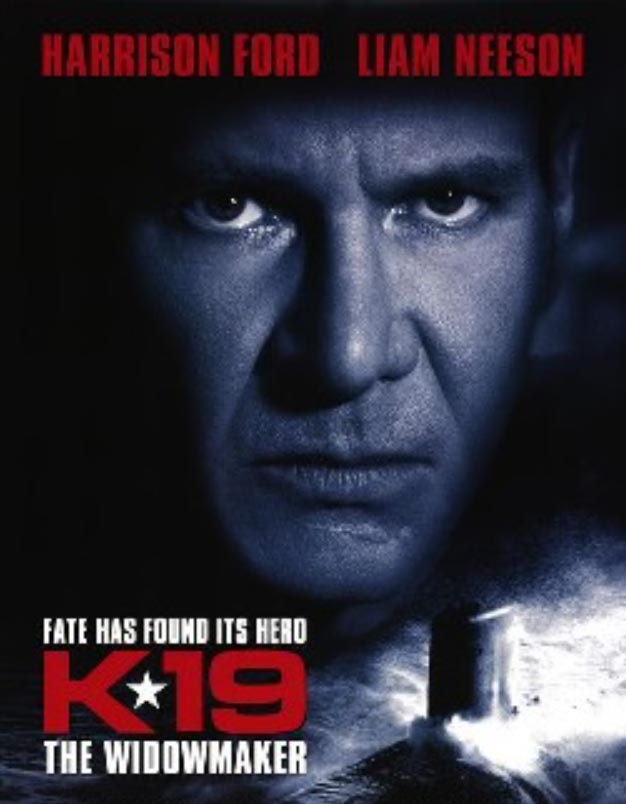
and the bewitched, psychological confusion of “The Hunted.”
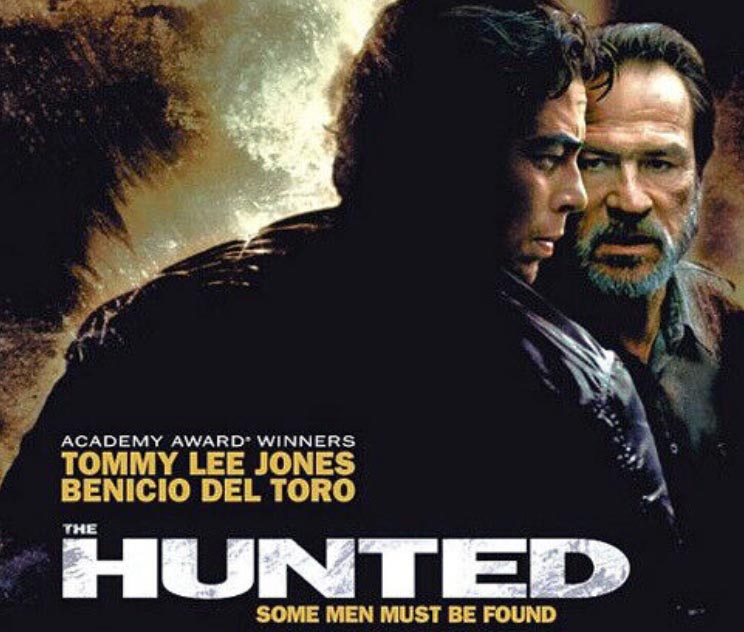
The political concealment of “Jade”—and murderous entanglements;
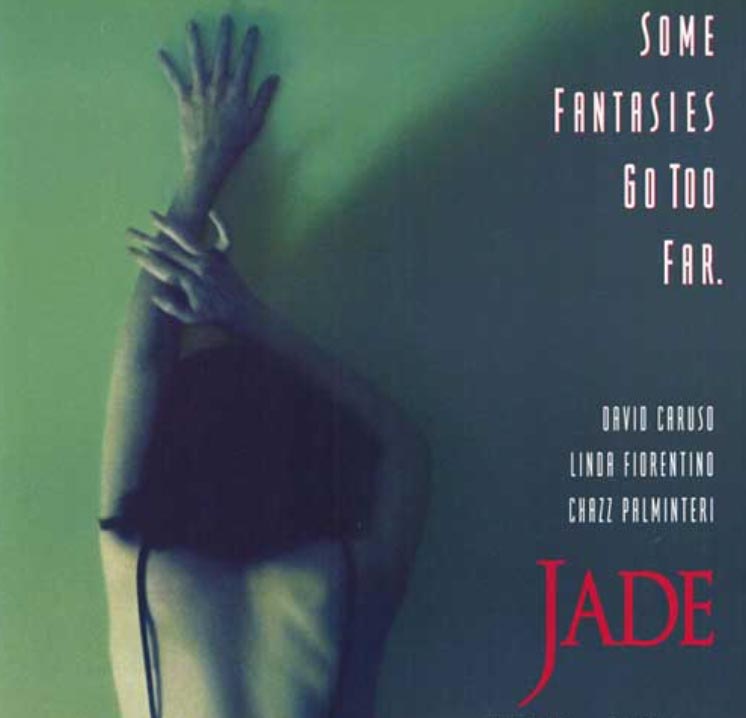
the committee contra crime—“The Untouchables,”
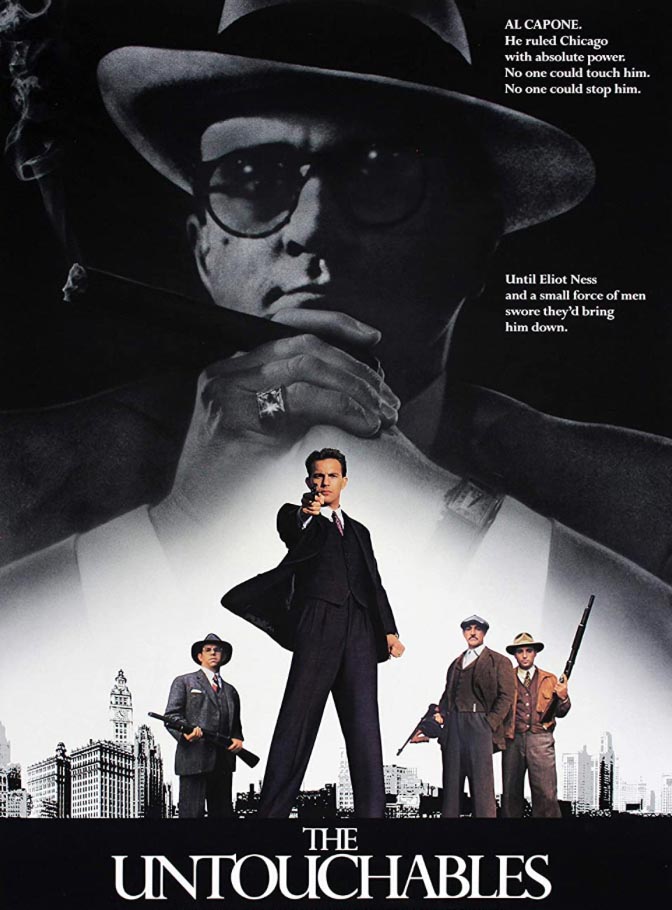
and contrary—familial legacies of interlaid criminality,
“Good Fellas,”
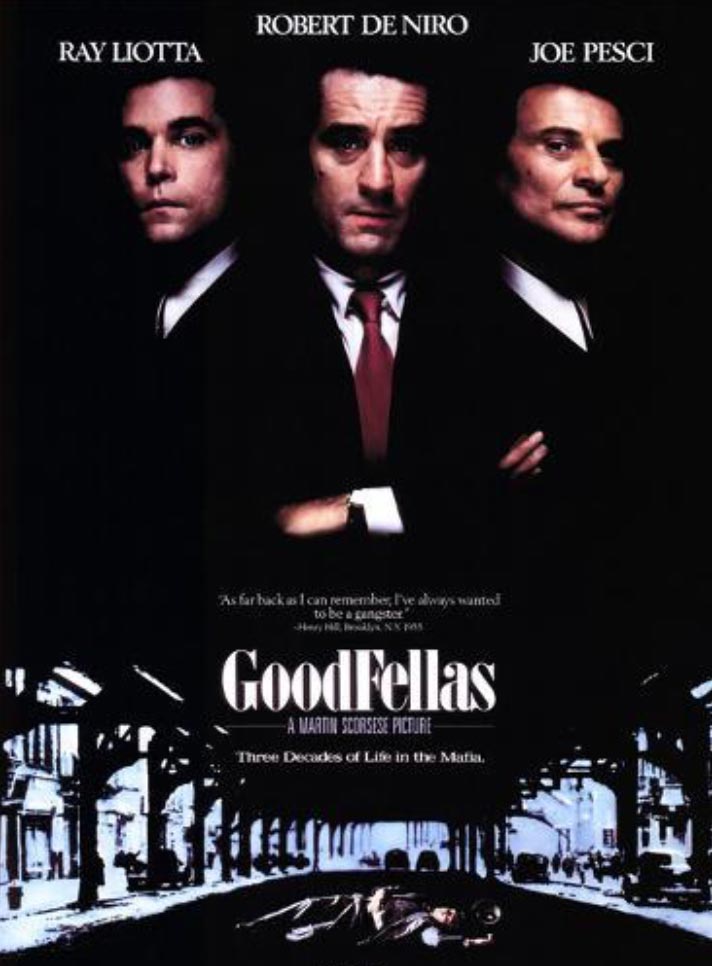
the criminal surveillance of “Sliver,”
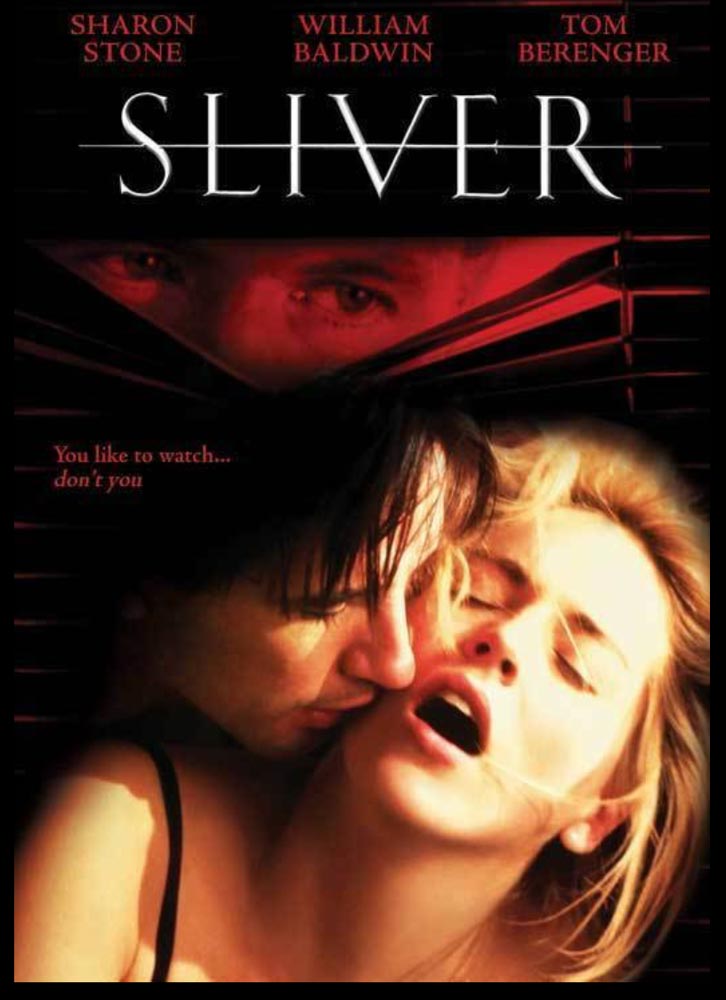
and sanctioned bomb-making as in “Fat Man and Little Boy.”
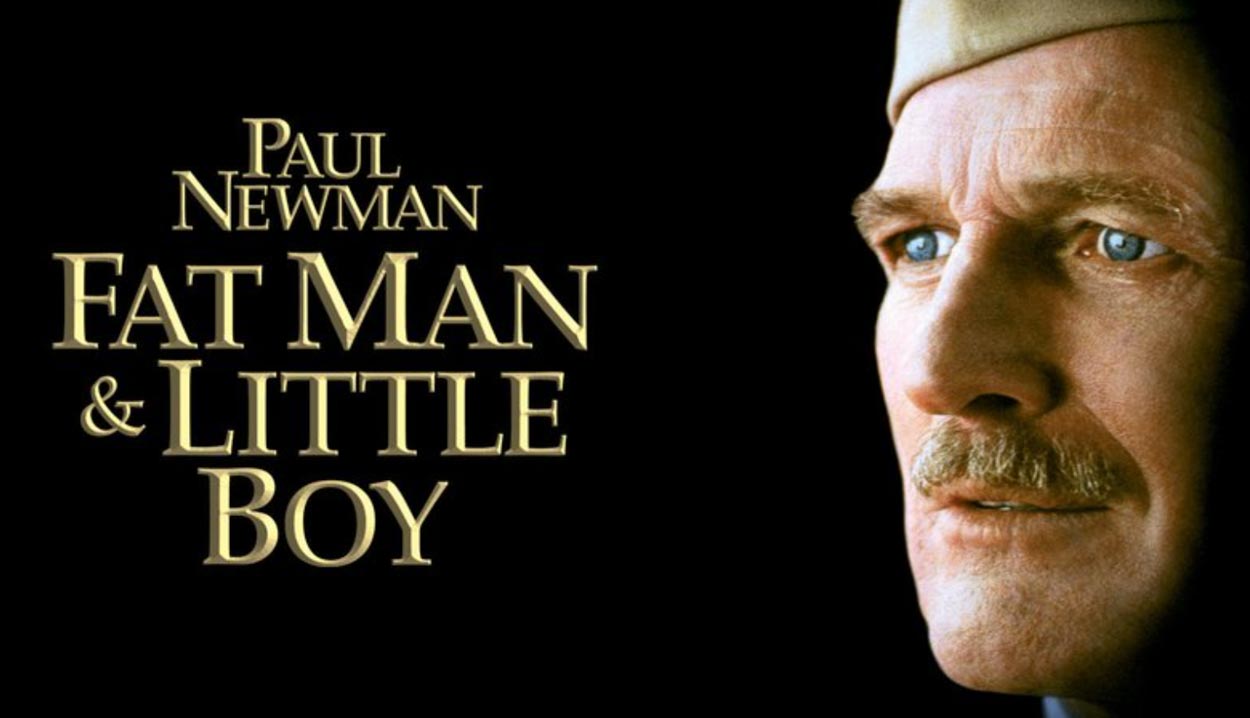
Of course, working on Cruise’s “Impossible Missions”
they are all about espionage and spy craft.
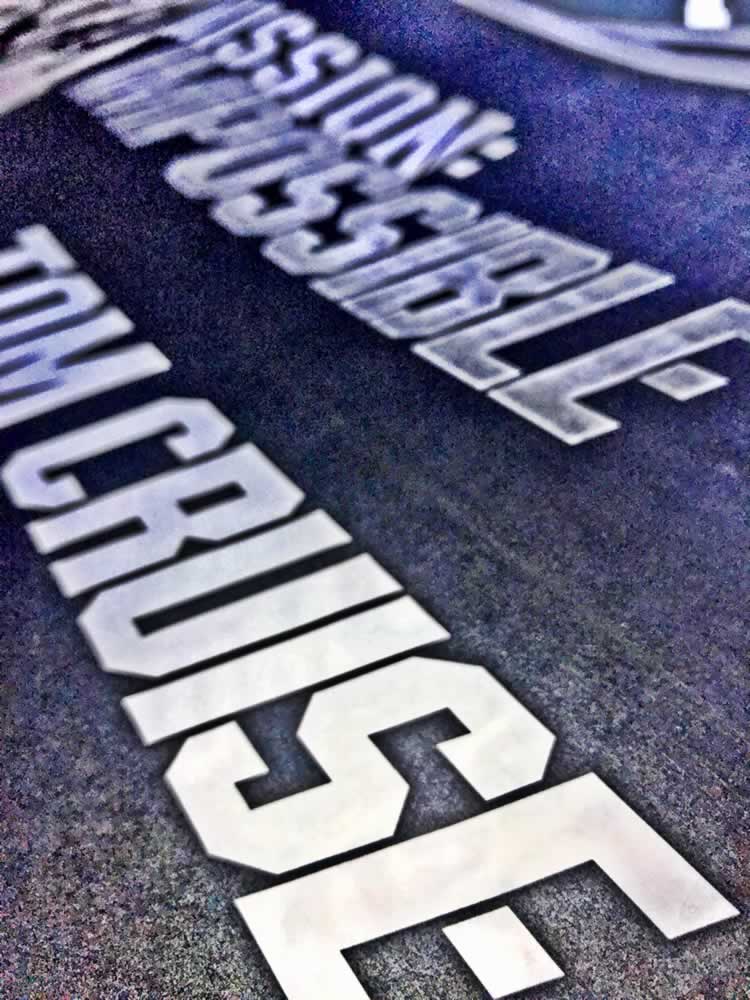
What it all comes down to is the storytelling of an identity package that packs the compressed power of a complex narrative experience. People read—and the logo becomes a nexus for that storytelling reach-out.
The counterpoint of a visual campaign, oftentimes, lies in the targeting of the typographical rendering
of the logotypography which speaks
to the gravity of intention
and the deep thrill.
Working in this brand space, and in this line of storytelling, I was studying another “brand storytelling”—the USArmy’s take on this specific training, which might be called—to one index of the narrative—PSYOPS.
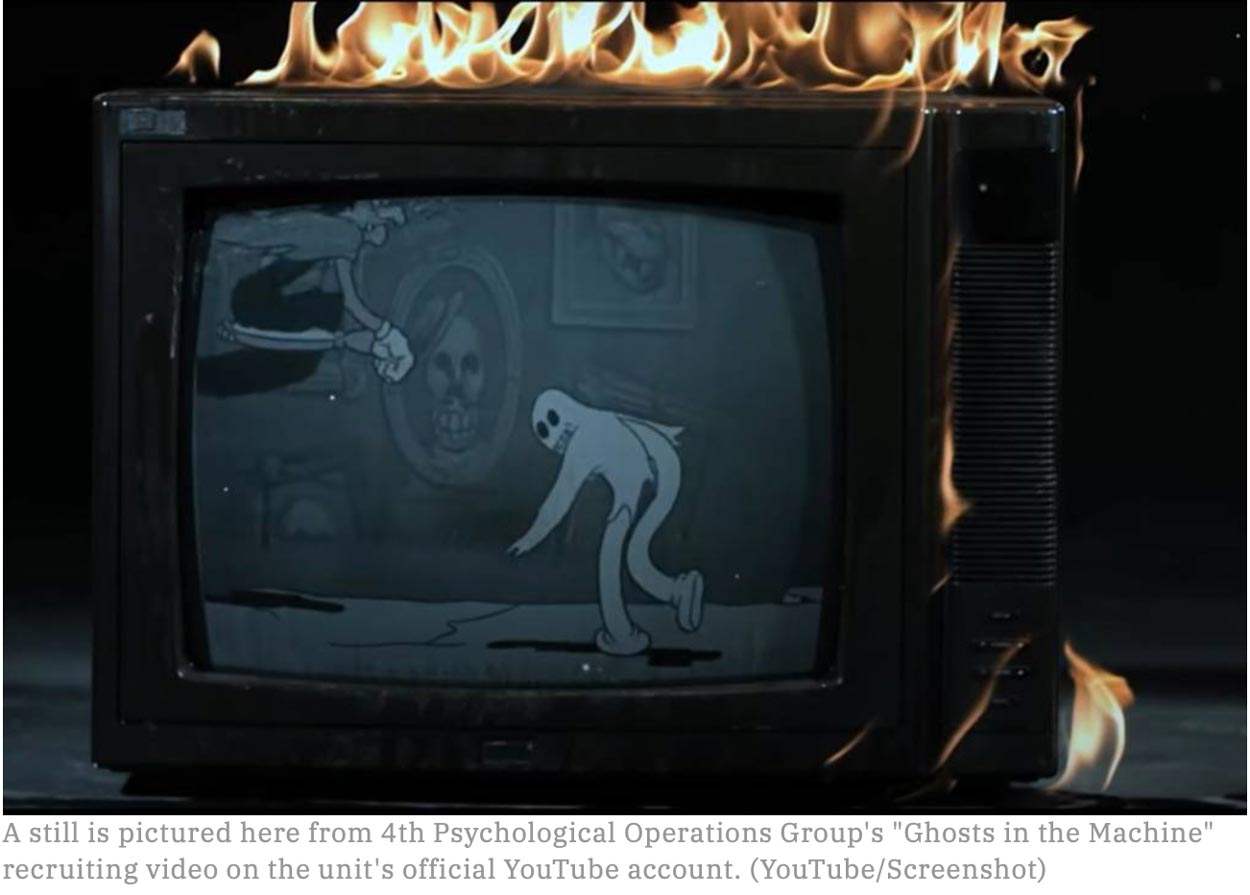
I noted a story in Army Times by Rachel Nostrant that pitches the PSYOPS training trailer to a psyops operation—who’s beguiling who? Who’s pulling the strings?
The trailer is a remarkably creepy employment pitch that has a holistic theatrical riff to it, with mysterious whistling, a dreamy vocal soundtrack and a smoky undertone to its narrator. As Rachel intones, “The Army released a new recruiting video for its psychological operations career field this month that can be best described as a psychological thriller movie trailer made by a conspiracy theorist with a Cold War fascination.
The video kicks off with a quote from Sun Tzu’s Art of War and cyclically transitions from footage of modern-day cities, a forest and a black-and-white cartoon, to 20th Century conflicts and speeches all tied together under the concept of being ‘a ghost.’”
Anyone who knows my history knows of my CO draft status in the call to enlist for the Vietnam War—and would wonder, why would I know about this? As a designer, I look around a lot—my journey is constantly captivated by curiosity; but, in this instance, I’m also keeping track of my nephew engaged in the military—I keep an eye on where he is, what he’s doing.
And, as a designer, I’m constantly looking at how stories are positioning themselves in the landscape of marketing narratives, the arc of their plot lines and the strategies of their depictions.
Message and brand first.

Drawn to premise.
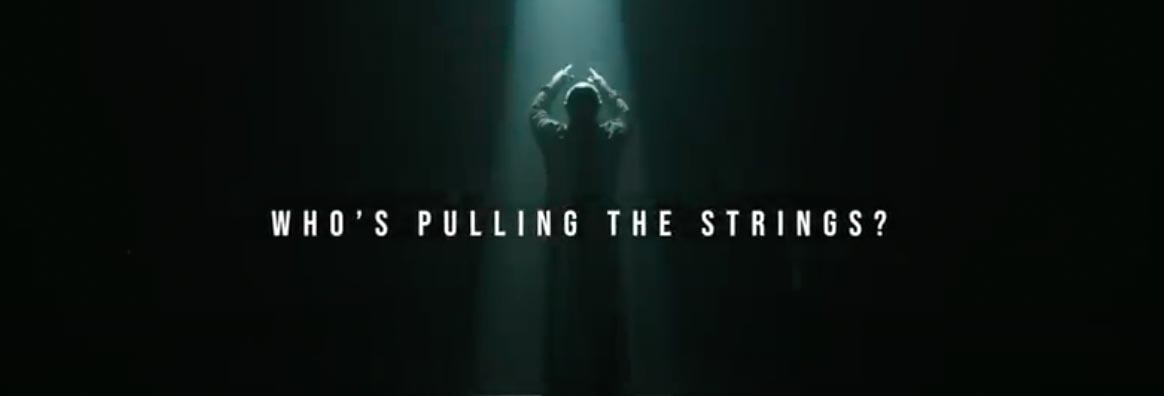
Storytelling tiers, visuals and intermixtures of messages and sound, woven together. In the work of our branding—it does come back to that, what’s memorable. What is the work that we’re doing that is unforgettable in the eyes, mind and memory of the beholder? That would be: “change, influence, persuade.” Which happens to be the positioning motto of the PSYOPS division of the USArmy. As Rachel notes, “it’s also hard not to view this PSYOPS recruiting video itself as a bit of a PSYOP aimed at an overseas audience.”
Tim Girvin | Markmaker
GIRVIN | Strategic Design
Theatrical Branding + Movie Identity
